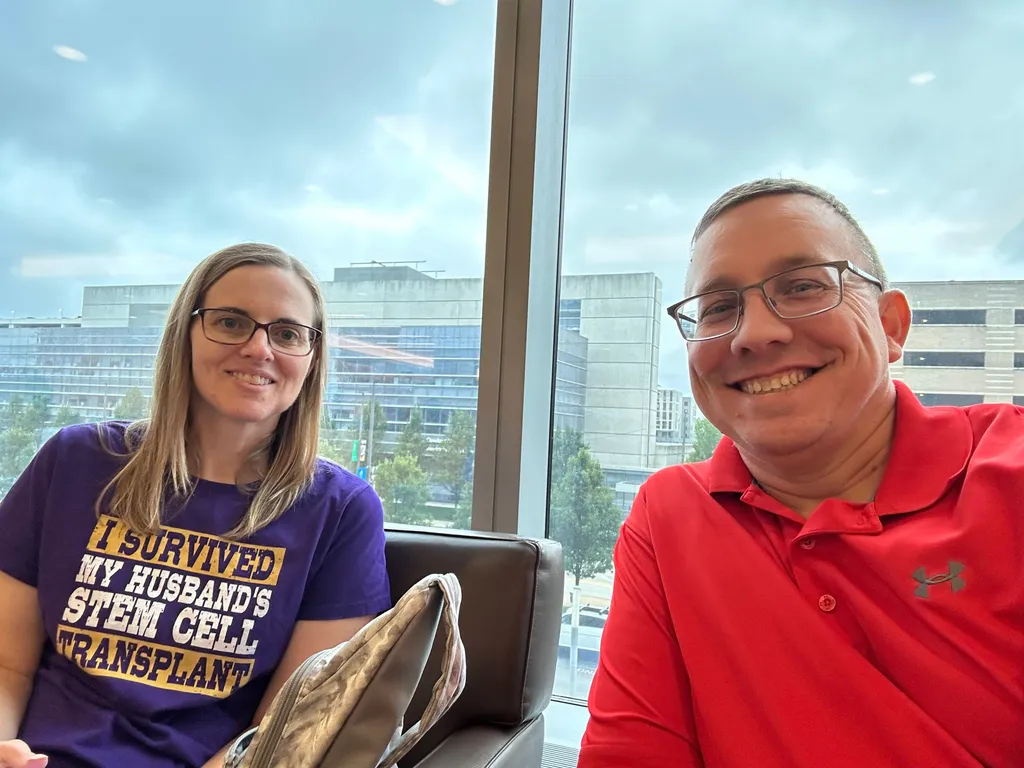What is Chronic Eosinophilic Leukemia?
What is Chronic Eosinophilic Leukemia?
Chronic Eosinophilic Leukemia (CEL) is a rare, often aggressive disease that is part of a larger group of conditions known as Hypereosinophilic Syndromes (HES). These syndromes are characterized by the overproduction of eosinophils, a type of white blood cell, in the bone marrow. In CEL, this overproduction leads to an excess of eosinophils in the blood and tissues, which can cause a variety of health problems, including damage to the heart, lungs, and nervous system. The disease is more common in adults, and its exact cause is often unknown. However, in some cases, it has been linked to mutations in the FIP1L1-PDGFRA gene.
Why do people get Chronic Eosinophilic Leukemia?
The exact cause of Chronic Eosinophilic Leukemia is not fully understood. However, research has shown that in some cases, the disease is associated with a mutation in the FIP1L1-PDGFRA gene. This mutation leads to the production of an abnormal protein that stimulates the overproduction of eosinophils. Other factors that may contribute to the development of CEL include exposure to certain chemicals or drugs, immune system disorders, and in rare cases, infection with certain parasites. It's also worth noting that while anyone can develop CEL, it is more common in adults. Despite these potential risk factors, the majority of CEL cases occur in people with no known risk factors, suggesting that the disease likely results from a complex interplay of genetic and environmental factors.
Who gets Chronic Eosinophilic Leukemia?
According to the National Cancer Institute, there will be an estimated ___ new cases of Chronic Eosinophilic Leukemia in 2023, making up ___% of all new cancer diagnoses. In 2020, there were an estimated ___ people living with Chronic Eosinophilic Leukemia in the United States. (you get this info from the NCI’s SEER data. Add the link to this data as a hyperlink on the text “National Cancer Institute”
Want to Learn More About Chronic Eosinophilic Leukemia?
Keep reading HealthTree for Chronic Eosinophilic Leukemia's 101 pages!
What is Chronic Eosinophilic Leukemia?
Chronic Eosinophilic Leukemia (CEL) is a rare, often aggressive disease that is part of a larger group of conditions known as Hypereosinophilic Syndromes (HES). These syndromes are characterized by the overproduction of eosinophils, a type of white blood cell, in the bone marrow. In CEL, this overproduction leads to an excess of eosinophils in the blood and tissues, which can cause a variety of health problems, including damage to the heart, lungs, and nervous system. The disease is more common in adults, and its exact cause is often unknown. However, in some cases, it has been linked to mutations in the FIP1L1-PDGFRA gene.
Why do people get Chronic Eosinophilic Leukemia?
The exact cause of Chronic Eosinophilic Leukemia is not fully understood. However, research has shown that in some cases, the disease is associated with a mutation in the FIP1L1-PDGFRA gene. This mutation leads to the production of an abnormal protein that stimulates the overproduction of eosinophils. Other factors that may contribute to the development of CEL include exposure to certain chemicals or drugs, immune system disorders, and in rare cases, infection with certain parasites. It's also worth noting that while anyone can develop CEL, it is more common in adults. Despite these potential risk factors, the majority of CEL cases occur in people with no known risk factors, suggesting that the disease likely results from a complex interplay of genetic and environmental factors.
Who gets Chronic Eosinophilic Leukemia?
According to the National Cancer Institute, there will be an estimated ___ new cases of Chronic Eosinophilic Leukemia in 2023, making up ___% of all new cancer diagnoses. In 2020, there were an estimated ___ people living with Chronic Eosinophilic Leukemia in the United States. (you get this info from the NCI’s SEER data. Add the link to this data as a hyperlink on the text “National Cancer Institute”
Want to Learn More About Chronic Eosinophilic Leukemia?
Keep reading HealthTree for Chronic Eosinophilic Leukemia's 101 pages!
Trending Articles
Get the Latest Chronic Eosinophilic Leukemia Updates, Delivered to You.
By subscribing to the HealthTree newsletter, you'll receive the latest research, treatment updates, and expert insights to help you navigate your health.
Together we care.
Together we cure.
3x Faster.




